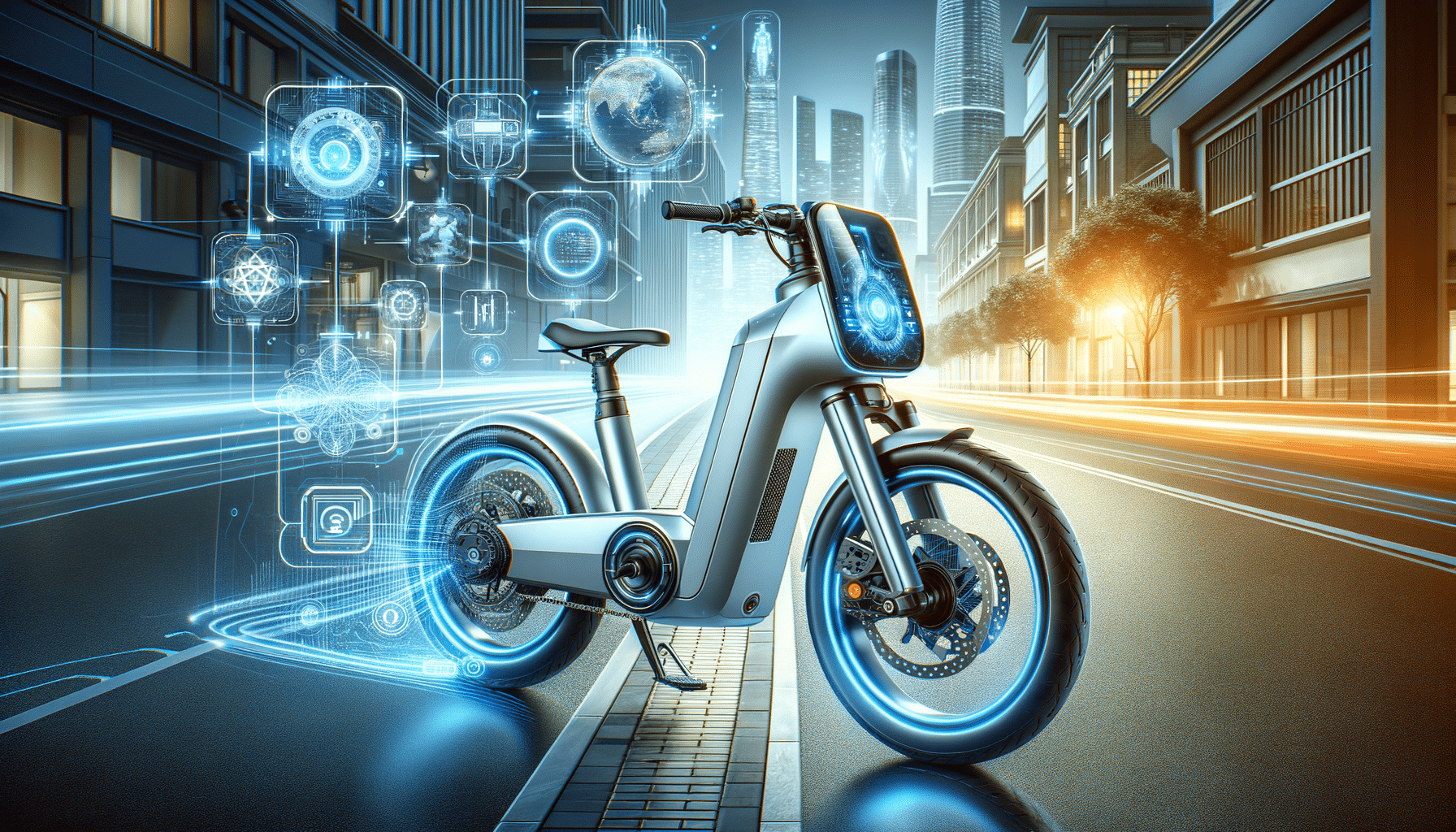
Exploring AI-Powered E-Bikes with Intelligent Systems and Autonomous Navigation
Introduction to Electric Vehicles and E-Bikes
Electric vehicles (EVs) and e-bikes have revolutionized the way we think about transportation. As concerns about climate change and urban congestion grow, these eco-friendly alternatives offer a promising solution. EVs range from compact cars to larger vehicles, providing a cleaner mode of transportation by reducing reliance on fossil fuels. E-bikes, on the other hand, offer a convenient and efficient way to navigate urban environments, combining the benefits of cycling with the power of an electric motor.
The rise of electric vehicles is driven by technological advancements and a growing awareness of environmental issues. Governments worldwide are incentivizing the adoption of EVs to decrease carbon footprints. Similarly, e-bikes are gaining popularity due to their affordability, ease of use, and ability to bypass traffic jams. Both EVs and e-bikes contribute to reducing air pollution and noise, making cities more livable.
One key factor in the success of these vehicles is the integration of smart technology. From AI-driven navigation systems to energy-efficient batteries, technology is at the heart of this transportation revolution. As we delve deeper into the world of electric vehicles and e-bikes, we’ll explore how these innovations are transforming the way we move.
Autonomous Technology: The Future of Smart Transportation
Autonomous technology is redefining the landscape of transportation. Self-driving cars, drones, and AI-powered systems are no longer the stuff of science fiction. These innovations promise to enhance safety, efficiency, and convenience in our daily commutes. Autonomous vehicles use a combination of sensors, cameras, and AI algorithms to navigate roads, making real-time decisions to avoid obstacles and optimize routes.
One of the significant advantages of autonomous technology is its potential to reduce human error, a leading cause of accidents. By relying on precise algorithms and real-time data, autonomous vehicles can make informed decisions, improving road safety. Moreover, the integration of smart transportation systems can alleviate traffic congestion by optimizing traffic flow and reducing bottlenecks.
The development of autonomous technology is not without its challenges. Regulatory hurdles, ethical considerations, and technological limitations need to be addressed before widespread adoption. However, the potential benefits, such as reduced emissions and improved accessibility for individuals with disabilities, make it a promising avenue for future transportation solutions.
AI-Powered E-Bikes: A New Era of Cycling
AI-powered e-bikes represent a significant leap in cycling technology. These bikes are equipped with intelligent systems that enhance the riding experience by providing real-time data on speed, distance, and battery life. AI algorithms analyze this data to optimize performance, offering riders a seamless and efficient journey.
The integration of AI in e-bikes allows for adaptive learning, where the bike can adjust its power output based on the rider’s habits and preferences. This feature not only improves efficiency but also extends the battery life, making e-bikes a practical choice for longer commutes. Additionally, AI-powered navigation systems guide riders through the safest and most efficient routes, avoiding traffic and obstacles.
As cities become more congested, e-bikes offer a sustainable and flexible mode of transportation. They are ideal for urban dwellers who seek a quick and eco-friendly way to navigate the city. With the added benefits of AI, these bikes are set to become a staple in modern transportation.
Intelligent Systems in Electric Vehicles
Electric vehicles are not just about reducing emissions; they are about integrating intelligent systems that redefine the driving experience. Modern EVs come equipped with advanced features such as regenerative braking, smart charging, and AI-driven infotainment systems. These technologies enhance the efficiency and convenience of EVs, making them a viable alternative to traditional vehicles.
Regenerative braking is a standout feature that allows EVs to recover energy during braking, extending the vehicle’s range. Smart charging systems enable users to charge their vehicles during off-peak hours, reducing electricity costs and easing the load on the grid. AI-driven infotainment systems offer personalized experiences, from music recommendations to navigation assistance, enhancing the overall driving experience.
The integration of these intelligent systems is crucial for the widespread adoption of electric vehicles. As technology continues to evolve, we can expect even more innovative features that will make EVs an integral part of our daily lives.
The Road Ahead: Challenges and Opportunities
While the future of electric vehicles and autonomous technology is promising, several challenges need to be addressed. Infrastructure development, such as charging stations and smart road systems, is essential for the widespread adoption of EVs. Similarly, the regulatory framework for autonomous vehicles needs to be robust to ensure safety and compliance.
On the other hand, the opportunities are vast. The shift towards electric and autonomous vehicles can lead to significant environmental benefits, reducing carbon emissions and promoting sustainable urban development. Moreover, these technologies can improve accessibility and inclusivity, offering mobility solutions for individuals with disabilities and those in remote areas.
As we look to the future, collaboration between governments, tech companies, and the automotive industry will be crucial in overcoming these challenges. By working together, we can pave the way for a cleaner, smarter, and more efficient transportation system.
